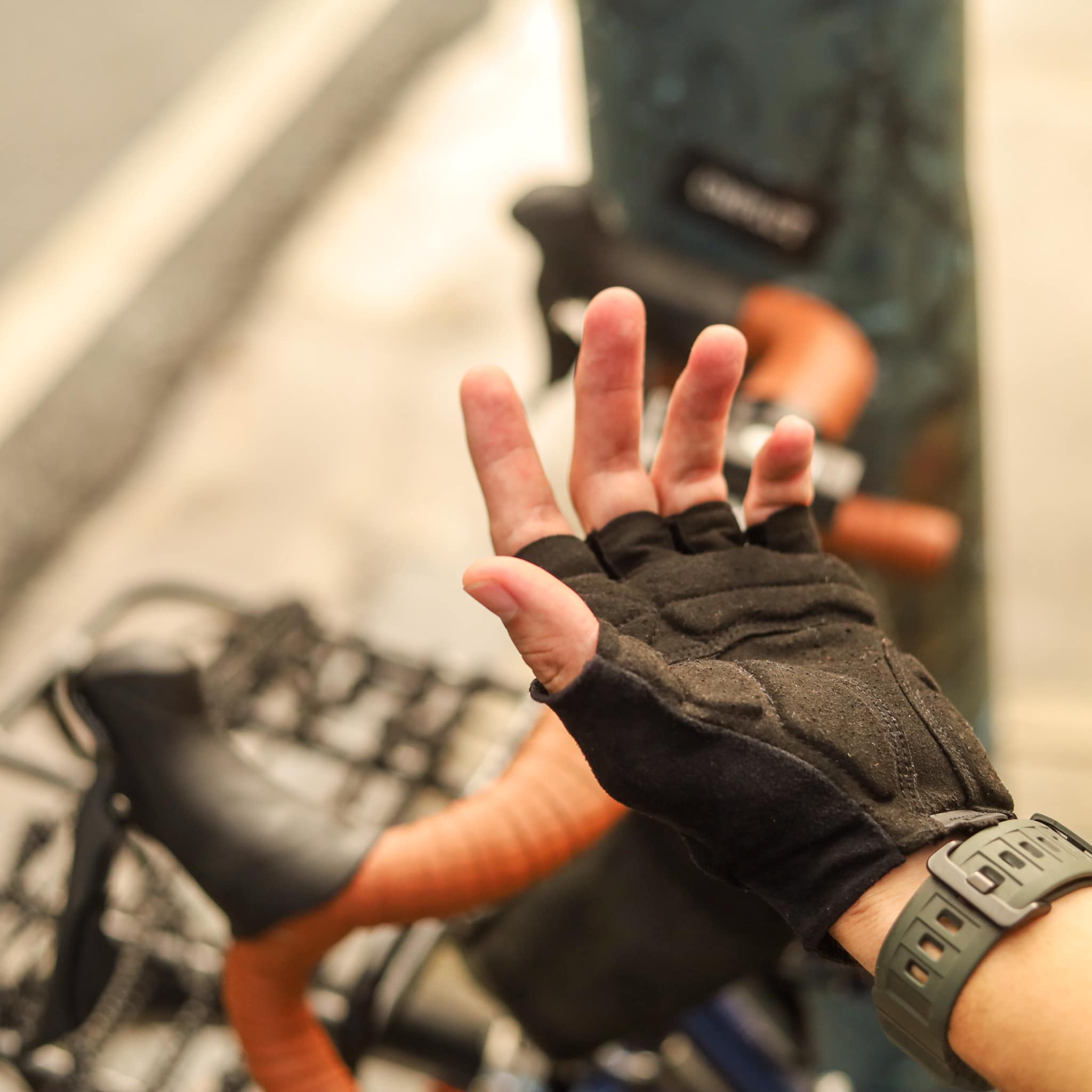Cyclist’s Palsy is a serious medical condition that is common, but not exclusive, to bikers. It’s the loss of sensation, decreased muscle strength in the little and ring fingers due to prolonged pressure caused by long hours of cycling.
We have discussed its signs and symptoms on the first part of this series. All thanks to the expertise and help of Dr. JJ Pua, a hand surgeon.
In this part, Dr. Pua gives recommendations on how we can prevent getting Cyclist’s Palsy or how one can stop it from progressing.
“You need to take care of your hands. This is not something that will go away on its own,” he told First Bike Ride. “If you’re not going to change what you’re doing to prevent constant pressure on the ulnar side of your wrists and hands, for sure it will progress and it will become severe.”
He added that the consequences are more devastating if you don’t address the issue during its early stages. A preventive approach is always better than cure, he noted, because there will come a time when it will already be irreversible.
Adjustments should be done and assessment after a couple of weeks is needed if these are effective. It can be conservative or non-surgical treatment options like rest, splinting, change in activity or lifestyle modification.
For example, cyclists can use protective gears such as gloves with padding, change their handlebars or modify the position of their wrists and hands during rides. Doing less rides, avoiding long distances and downhill routes are also recommended. The ulnar side of your palm should not be pressed against any hard object. You can adjust the height of the saddle too if needed.
According to Dr. Pua, anti-inflammatory medicines are not just for the pain but they also help to improve the nerve swelling. There are other medications also available that can be used. Please consult medical experts first.

“If these measures don’t work and the pain continues or worsens, the next step will be intervention. Aside from physical therapy, we can do corticosteroid injection over the compressed nerve,” he said. “Sometimes it works, sometimes it gives you complete relief, sometimes it’s temporary like one to three months and sometimes no effect at all. It depends on the severity of the nerve compression.”
If all of these options do not work, the final option is surgery.
“Surgical release of the ulnar tunnel is done to decompress it so we can relieve the increasing pressure inside,” he said. “But it’s not a quick fix where you can expect to ride a bicycle immediately after the operation. Again, it depends on the severity of the signs and symptoms present on how long recovery will take.”
Dr. Pua assured us that not all cyclists experience this because of several factors such as anatomical variations of the ulnar tunnel in every person, biking habits and frequency, posture, terrain, protective gear used among others.
“It’s always better to have a preventive approach. Don’t wait until it becomes permanent and irreversible,” he said. “If symptoms occur more frequently and do not improve immediately, it’s probably time to consult a doctor.”
First Bike Ride’s tip: If you’re experiencing problems with your body, it’s always better to consult your doctor and listen to medical advice.
Dr. JJ Pua is an orthopaedic hand surgeon at the University of Santo Tomas Hospital, St. Luke’s Medical Center – Global City and De Los Santos Medical Center.



One Response